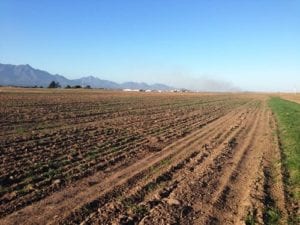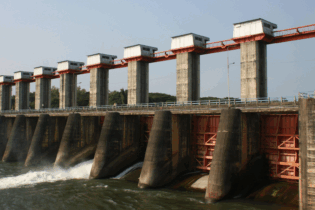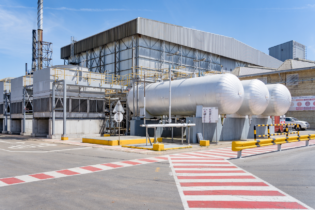Construction projects at operational airports are never easy. More often than not crews work through the night, when air traffic is at a minimum, and ensure that the site is cleaned and ready for a full day’s traffic the next day.
With this in mind Murray and Roberts Infrastructure has announced that it has completed a challenging runway rehabilitation project at George Airport in the Western Cape. The project involved placing 2 080 t of Novachip Ultra-Thin Friction Course (UTFC) on top of the new asphalt on the runway. In addition the runway extensions and intersections comprised 1 920 t of medium graded asphalt while 12 710 t of medium graded asphalt was used for the runway re-profiling. “The re-profiling of the runway with asphalt was a challenge,” states Murray and Roberts Infrastructure site agent, Wouter Schreuder. “We had to temporarily shorten the runway during construction, which meant that aircraft had to land without using their instrument landing systems.”“We had to build from an uneven existing runway surface to the final design level. This necessitated numerous layers of asphalt placed on top of each other in order to achieve the required level,” explains Schreuder.
Challenges for the contractor also included the fact that Murray & Roberts Infrastructure was not permitted to have any steps on the runway. “We had to create ramps after each shift’s paving operation before the runway could be opened in the morning. These had to be removed once the layer was constructed in this particular area.” Significant figures recorded through the project lifecycle included:- 12 465 m3 of topsoil removal
- 18 500 m3 of imported G7 gravel material
- 14 000 m3 of roadbed preparation
- 1 980 m3 of stabilised gravel sub base by means of 130 t of cement
- 1 144 m3 of G1 base course
- 2 000 m3 of asphalt milling
- 7 318 ℓ of primer using inverted bituminous emulsion
- 71 678 ℓ of tack coat with a 30% stable grade bitumen emulsion, and
- 4,4 ha of landscaping and hydro seeding.








